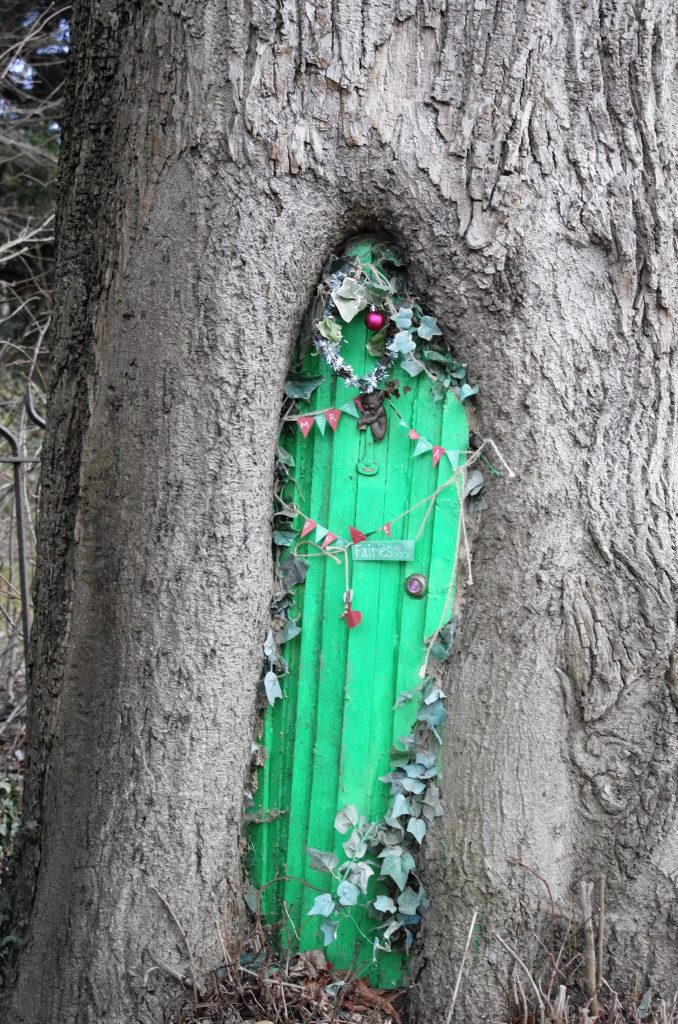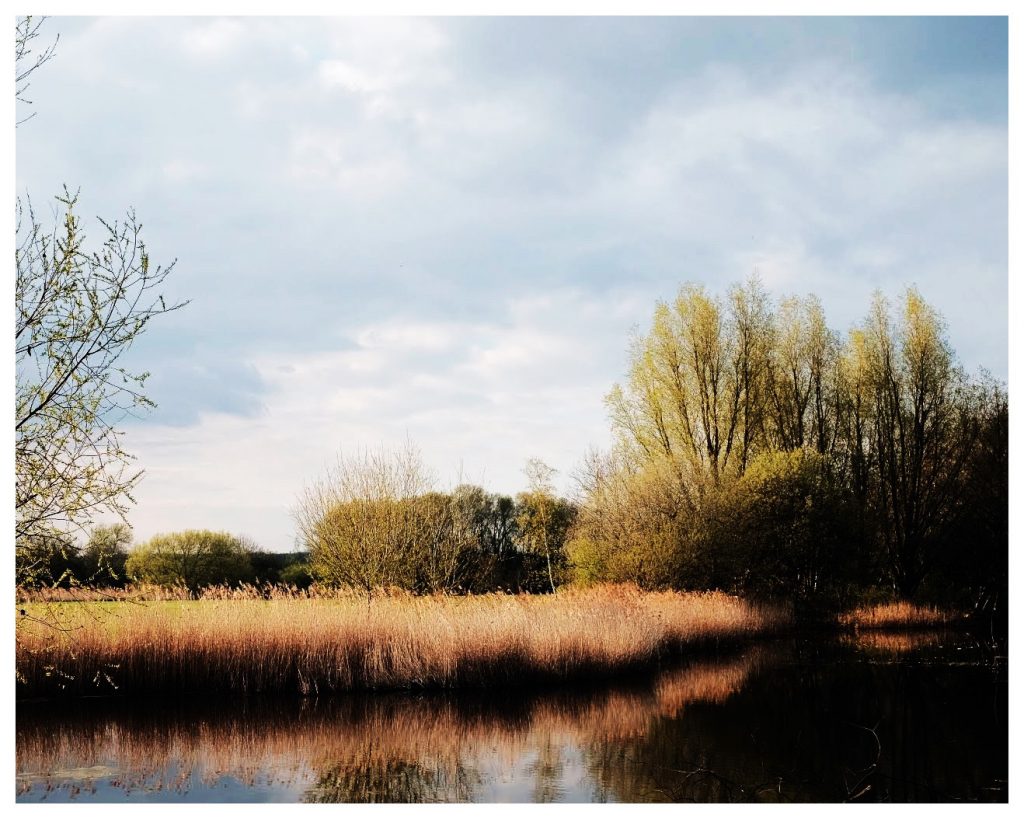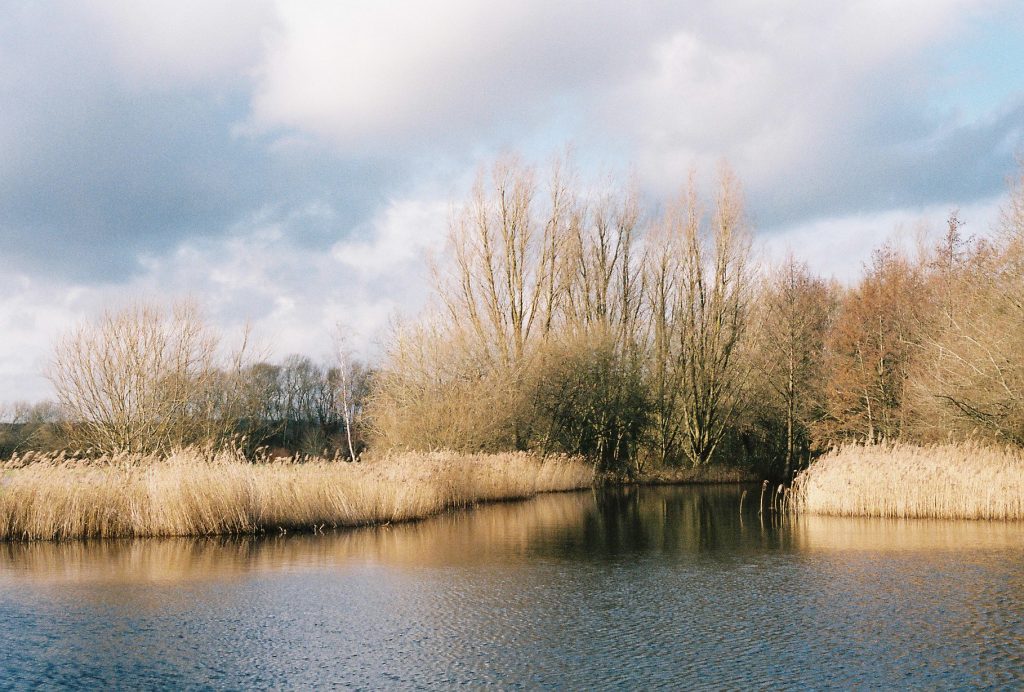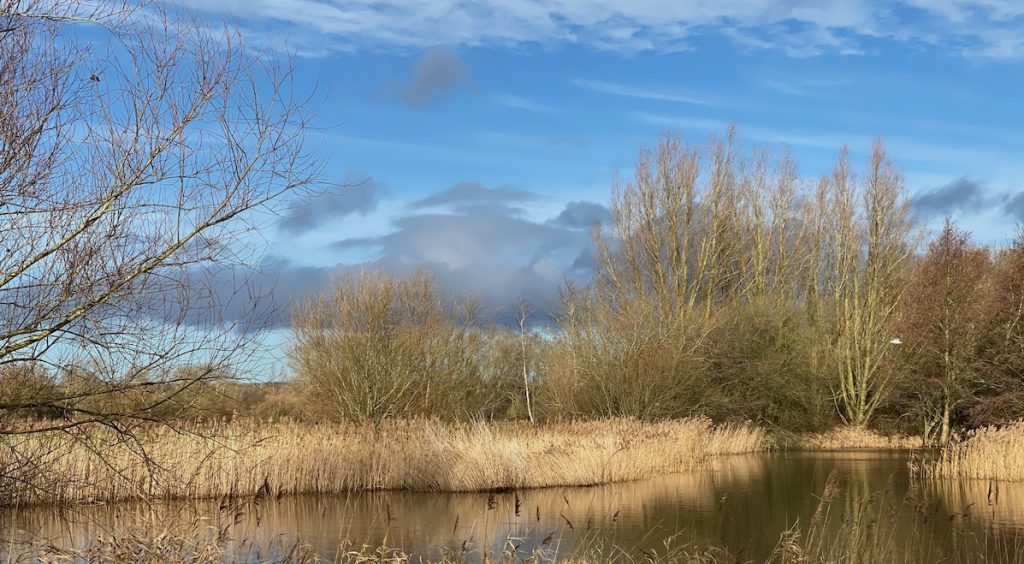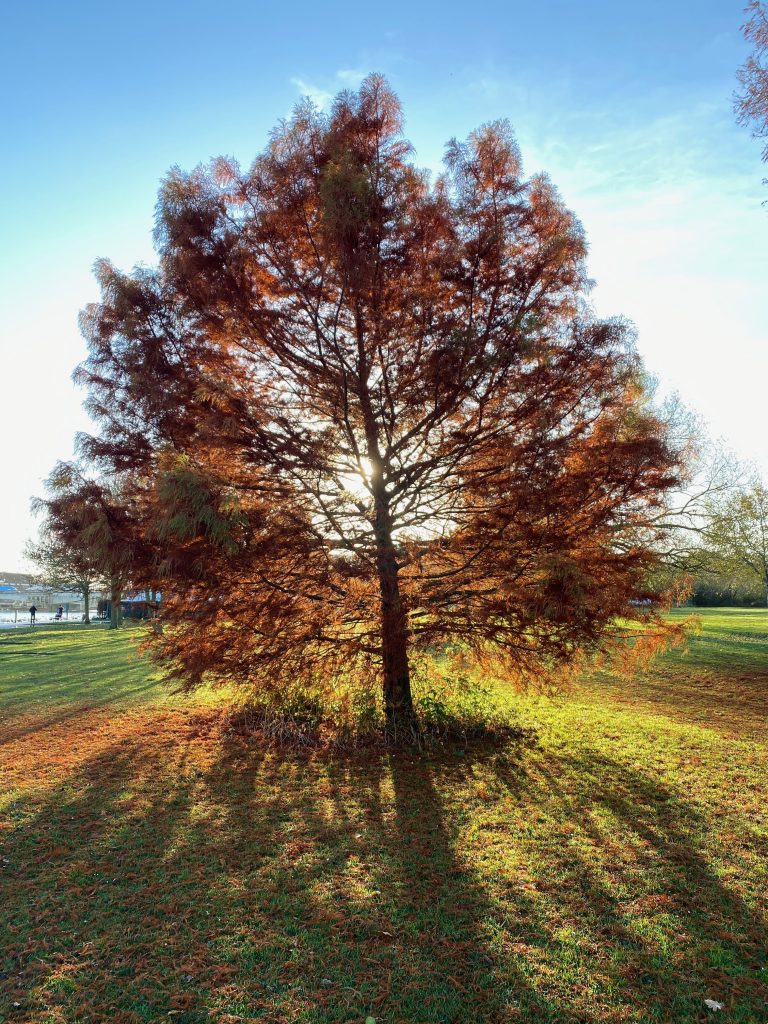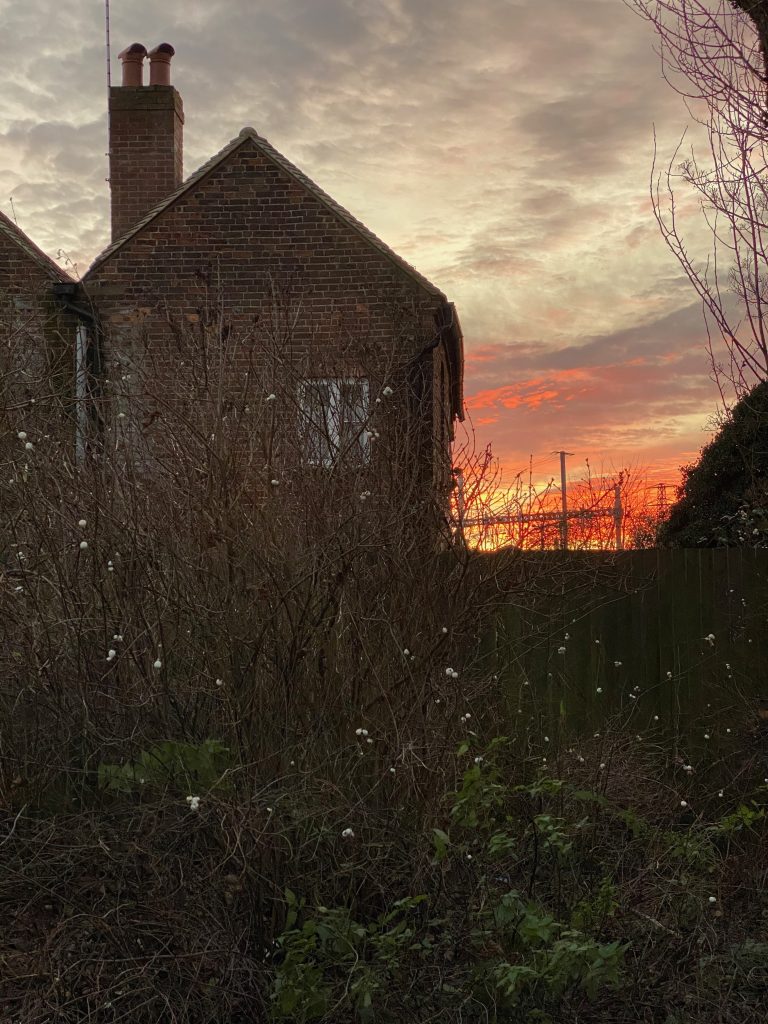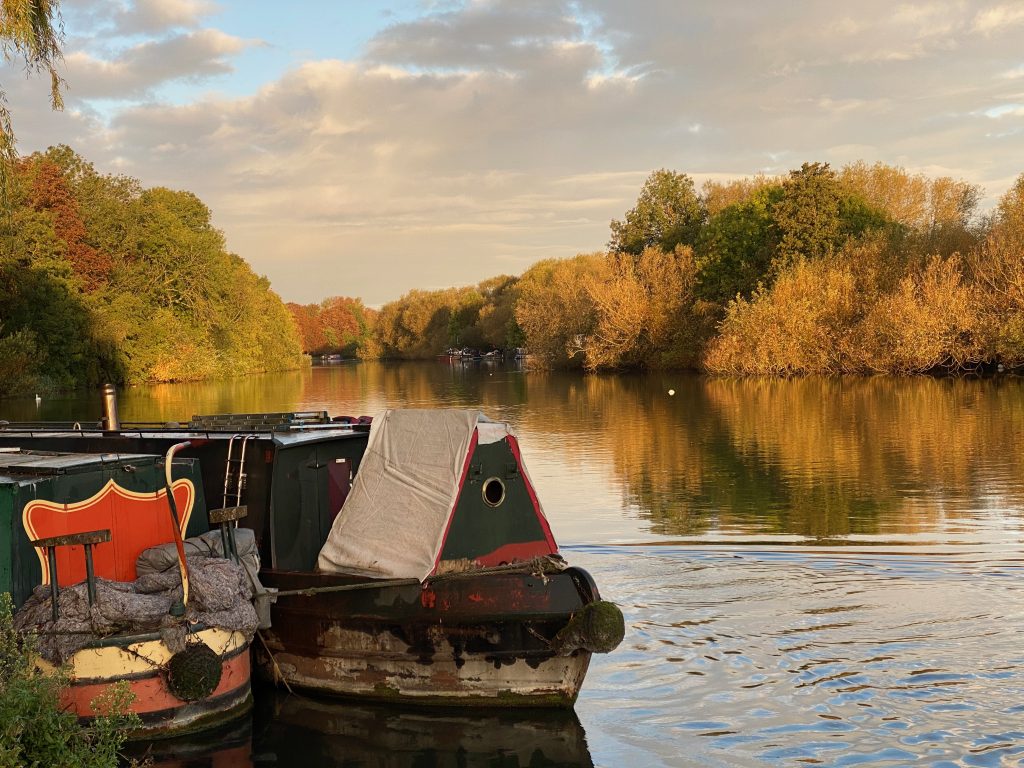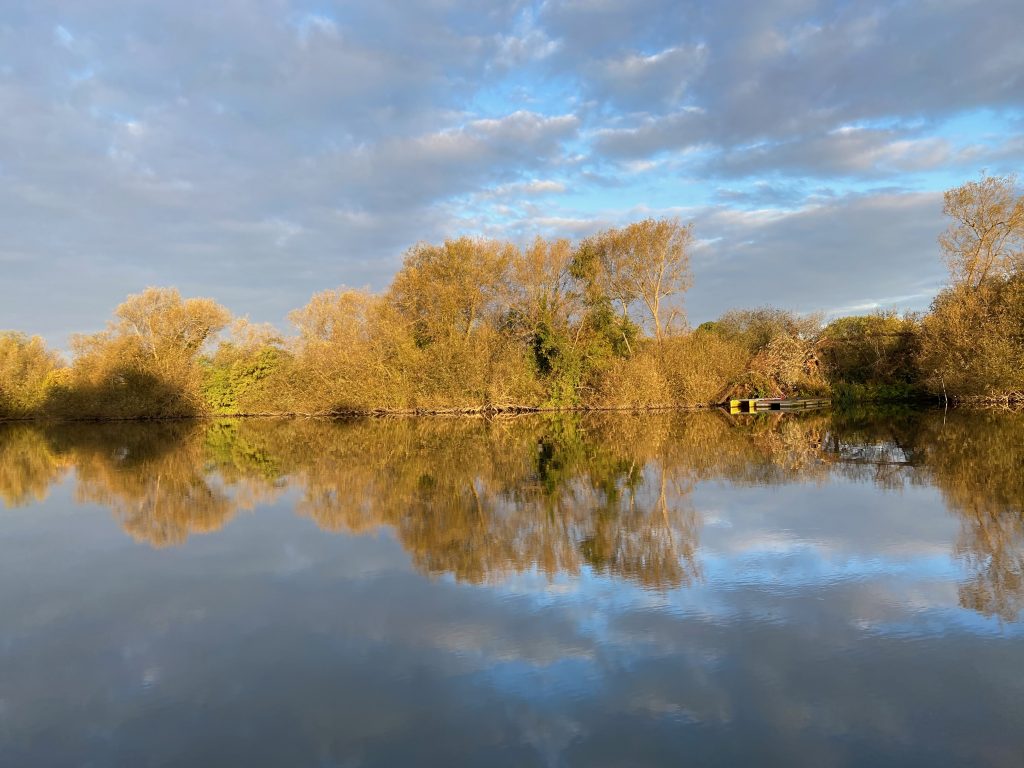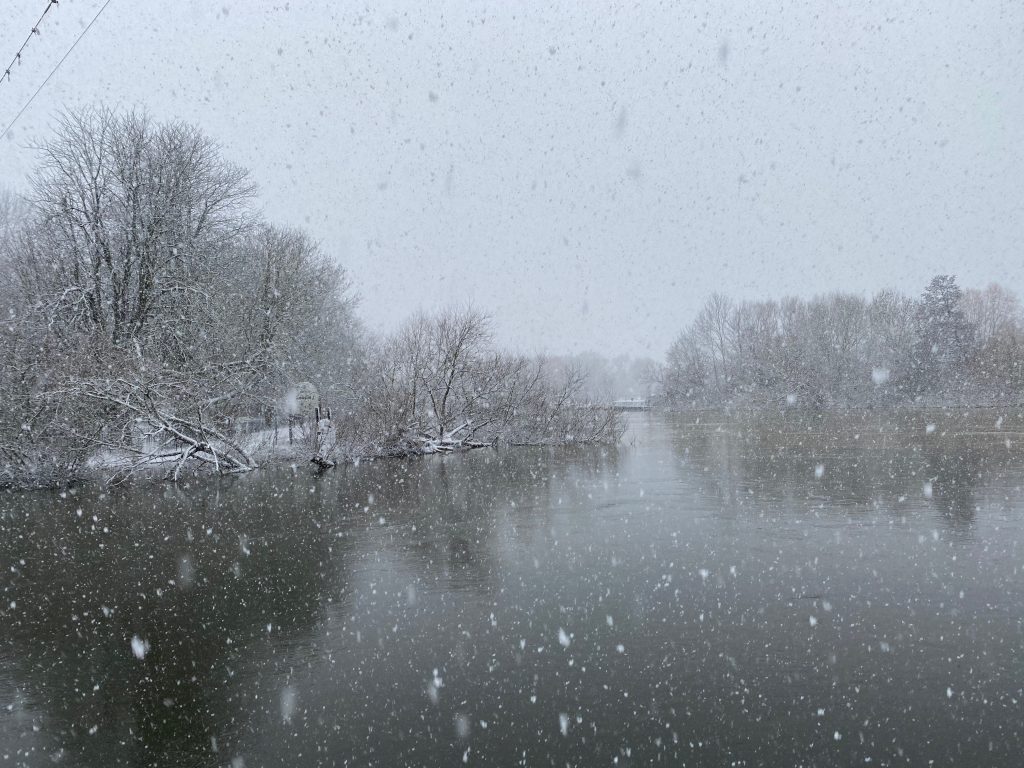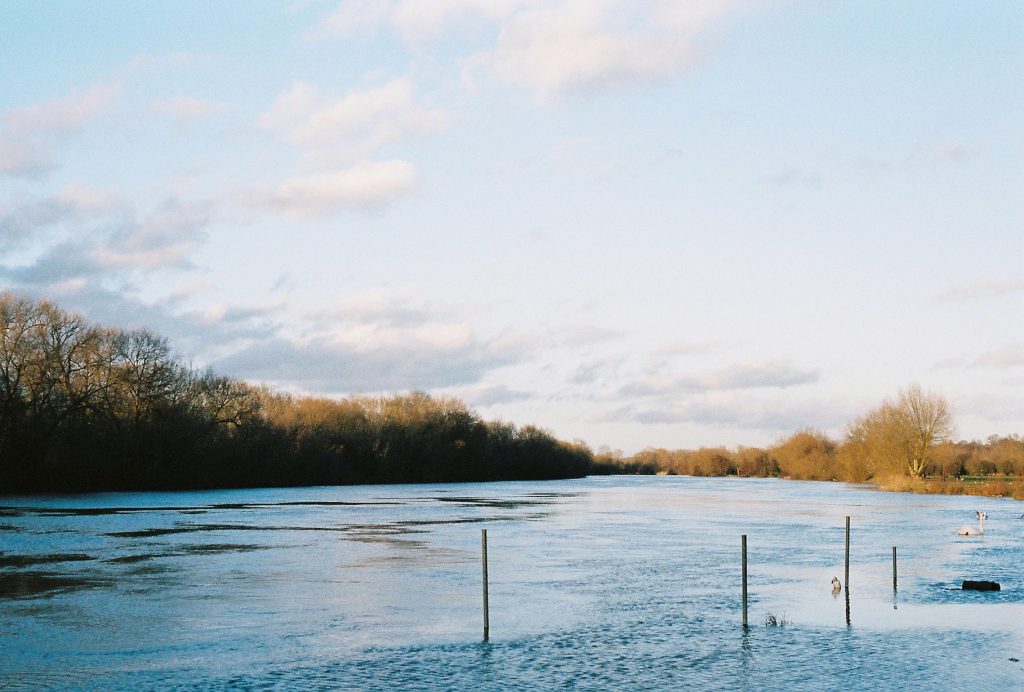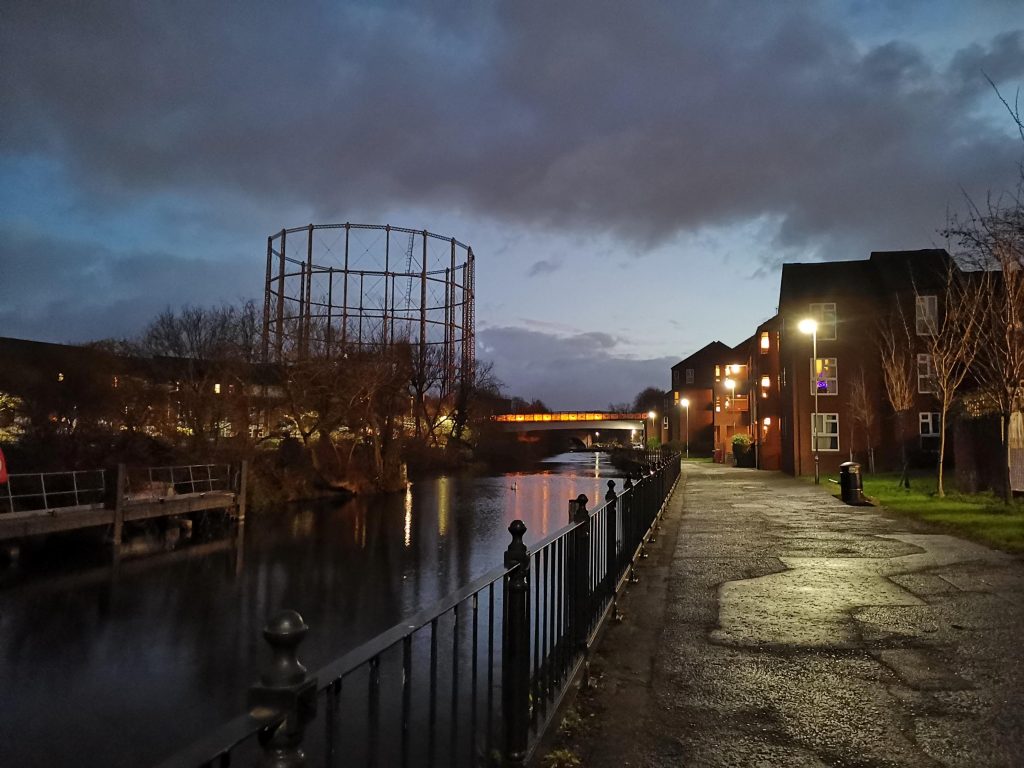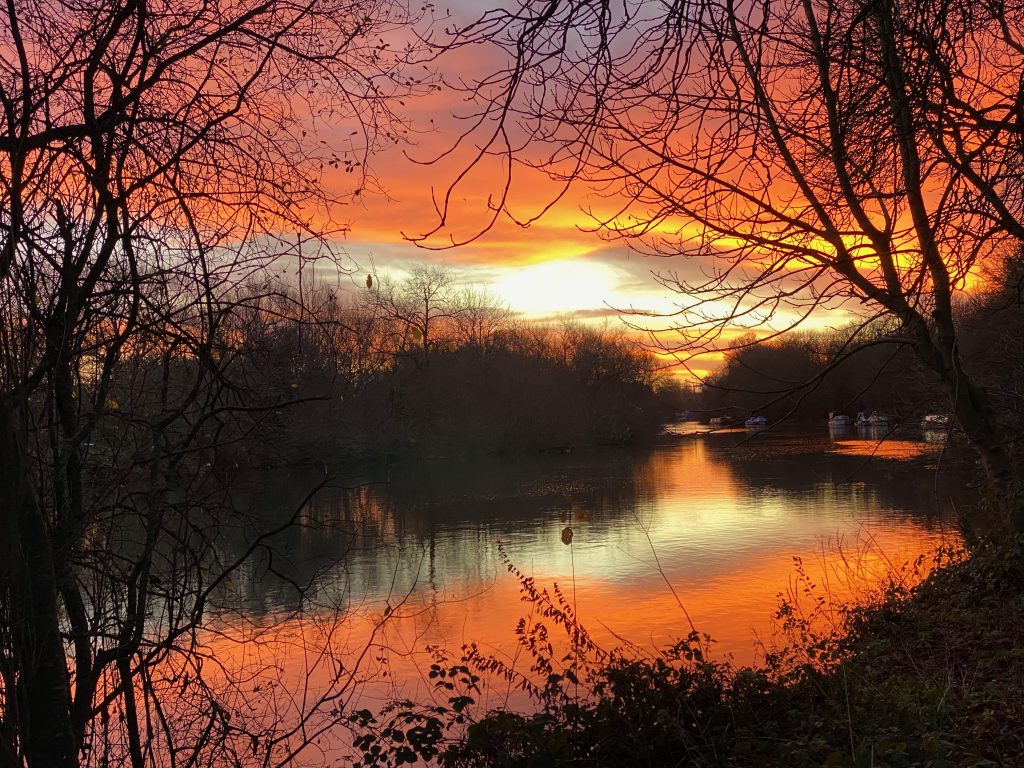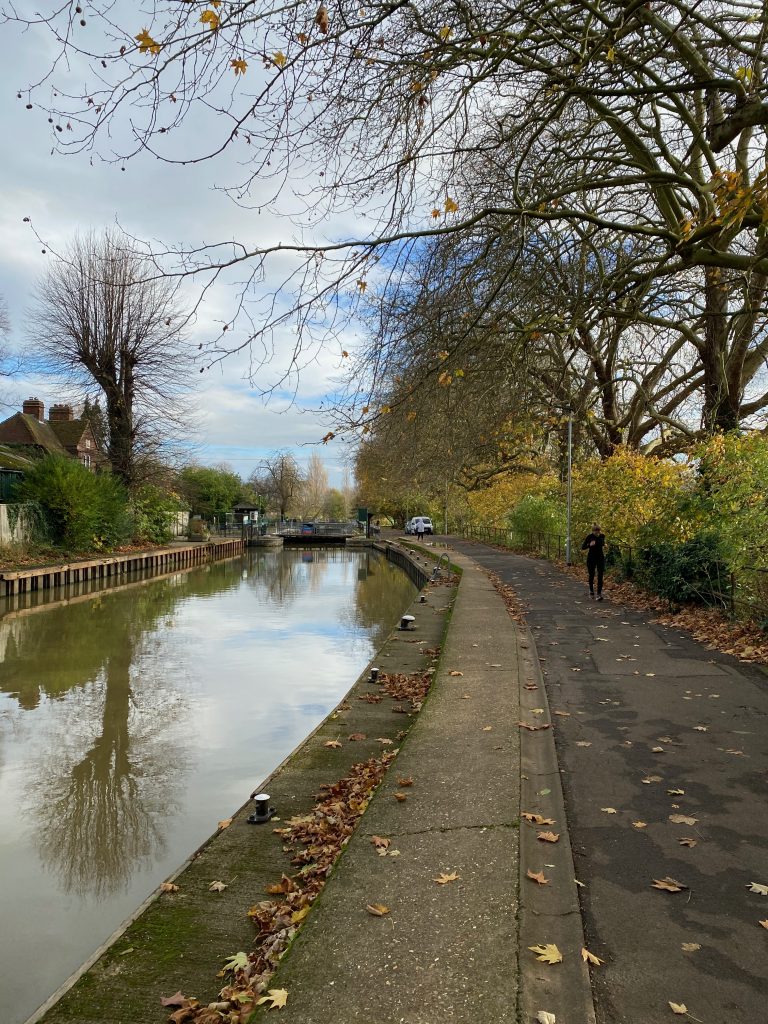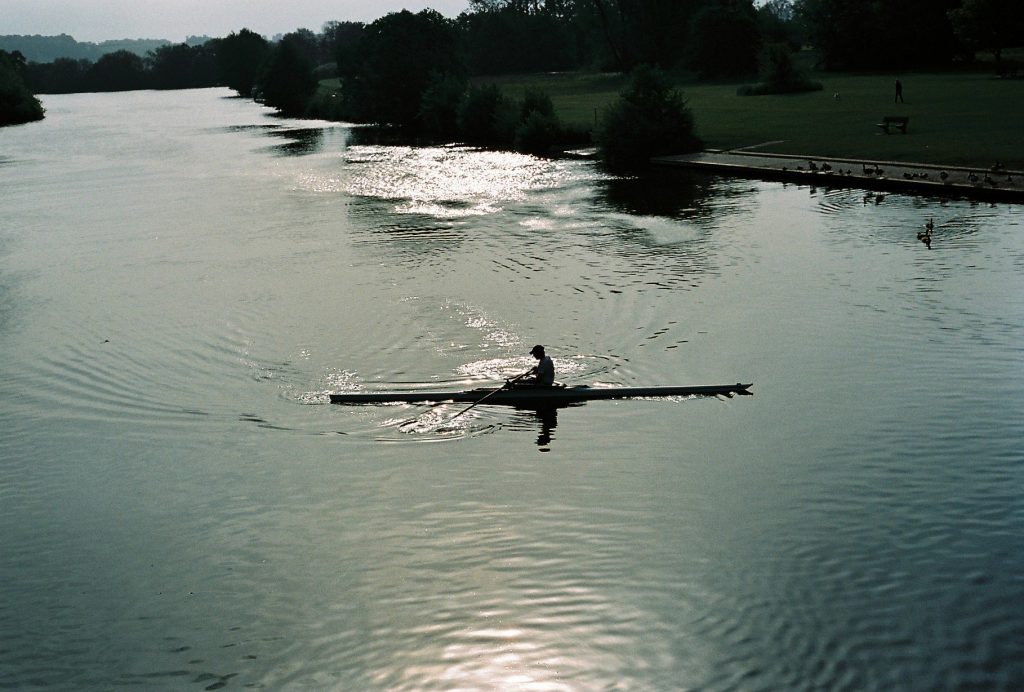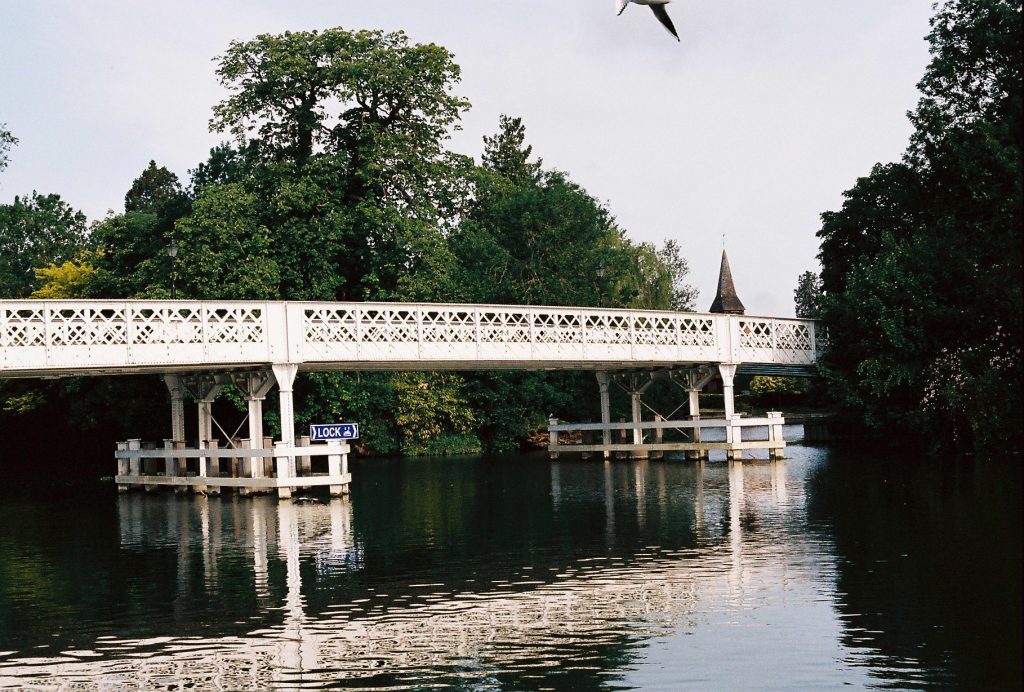If any of you follow me on Instagram or read my blog posts, you will know that I am a huge fan of the Thames Path. So much so that I call it my ‘playground’ – and why not? After all I visit it every day unless I am away travelling (and none of us are doing that right now).
It’s so special to me that I am writing a book/picture guide/travelogue of it together with a series of short films that I hope to have ready by the end of the year. Thus far it is a seven year project in the making and counting.
So in these troubled times, where our movment and access to beautiful places is severely restricted, I thought I would write a few short posts to transport you to ‘my playgournd’. I hope you enjoy the series and, if so, don’t forget to sign up to get an email when the next installment is posted.
The source of the Thames is close to Somerford Keynes in the Cotswolds and ends at The Thames Barrier. In this first post I’m going to be taking you on a winter adventure from Sonning to Goring, a distance of about 14.5 miles
Sonning to Goring – Winter 2021/21
This is probably one of the more picturesque sections and the short 4 mile route between Pangbourne and Goring is really beautiful. There is some great trail running too, along an undulating, single track path that skirts the side of the valley and kisses the the river at regular intervals. But I’m getting ahead of myself let’s head back to Sonning and start this winter journey at the beginning.
Sonning
Sonning is best known for two things – George Clooney has a house here and Jerome K Jerome featured Sonning in his book, “Three Men in a Boat” describing it as “the most fairy-like little nook on the whole river”. You can make your own mind up which attracts you more – I won’t judge. Some other little known facts about Sonning – it hit the headlines when a mystery Royal Mail posting box appeared on the butress of Sonning Bridge a few metres above the waterline and if you look carefully at some of the trees you will see fairy doors on the trunks. Uri Geller, the well know spoon-bender lived here but the two aren’t connected.
Anyway as we leave Sonning along the Thames Path towards Reading we can take a short detour via the nature reserve and the small lakes, home to all manor of wildlife whatever the season. Loop back onto the path and head across the water meadows and past the Canoe Centre. There is a little jetty here and I use its position as an indicator of how likely the path is going to be flooded as we head further west. The next landmark is ‘the Dreadnought’ which long ago was a pub but closed in 1952 and is now owned by the university.
The Bridge of Dreams
Up and over the river Kennet via the horsehoe bridge or as I prefer to call it, the “Bridge of Dreams”, christened as such by the poignant graffiti on it. Past my friends, the pIrates and their house boats and now we are in Reading proper. First under Reading Bridge then Caversham Bridge before we head along a straight and wide part of the path knows as ‘the Promenade’. There are some amazing houses on the other side of the river and this place is a photographer’s paradise whatever the season. The promenade ends abruptly and the well maintained path turns into a track which takes us though the boatyard at Tilehurst before we head, rather incongroudssly, through a housing estate to rejoin the path that will take us to Mapledurham Lock.
I sometimes go wild swimming here and have a runner’s picnic (water and a flapjack or whatever else I’ve raided from the kitchen). But this is mid-winter and I’m travelling light so no swimming and no food. The lock does have a freshwater tap though and I always make sure I take a good swig before continuing along the banks towards Pangbourne. On the other bank we can see Mapledurham House. I know it for its real tennis court and I have been fortunate enough to play there in years gone by. You can run on that side of the river too and there is a half marathon loop that takes you from Reading to Pangbourne and then back on the other side. I’ll post an account of that becuase there are some spectacular photo opportnities on that route too.
Pangbourne
We have arrived at Pangborne and it’s time to cross the Thames at Whitchurch Bridge before we start the last leg of today’s adventure. The orignal bridge was built in 1792 and was owned by the same family for 227 years. It is a (very expensive) toll bridge but mercifully not for tired runners. A short way up Whitchurch hill, with the legs burning, it’s easy to miss the sign for the Thames Path and Goring just 3.5 miles hence. The tarmac road ends abruptly giving way to a very steep and undulating path referred to at the beginning of my story. It really is an enchanting path and I have a secret place where I climb down a very steep bank and through a little thicket before coming out at a clearing where you can take your shoes off and soak your tired feet in the cold water.
No time to dawdle as you head past an old World War II pillbox, built as part of the ‘Red Line’, a line of defence in case of invasion. They are to be found all along the Thames but are often difficult to spot hidden by trees and boats and undergrowth. Time to concentrate as the final stretch takes you along a path right by the river with overhanging trees and enormous protruding tree roots. When the legs are tired it’s easy to catch root and fall head first into the path as I know from bitter experience.
We arrive at journey’s end – Goring and Streatley and the gateway to the Ridgeway yet more spectacular trail running countryside. But for now it’s decision time – run back or catch the train to Reading……
I hope you enjoyed this short trip. Let me know in the comments and I’ll put another one together – perhaps a summer trip from Sonning to Henley taking in Shiplake College, millionaries row in Shiplake and other delights!
